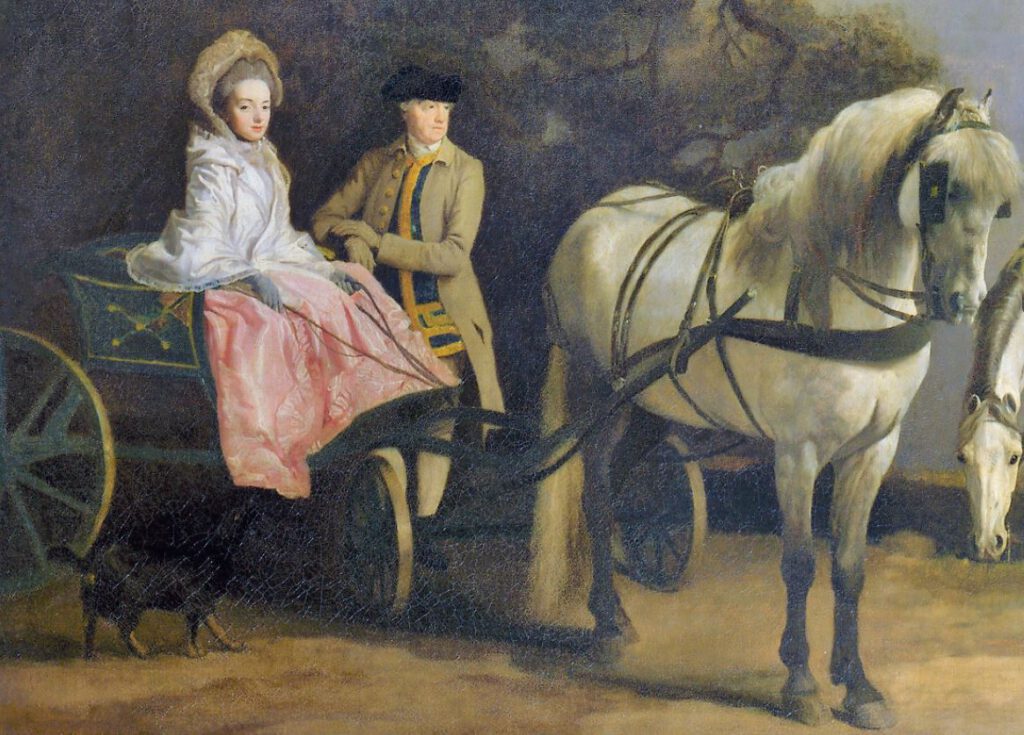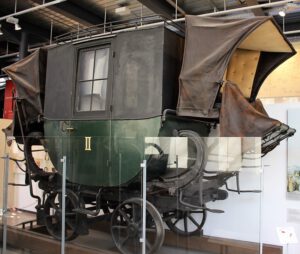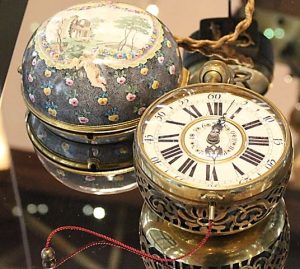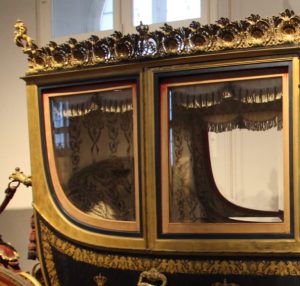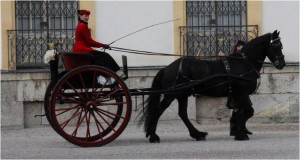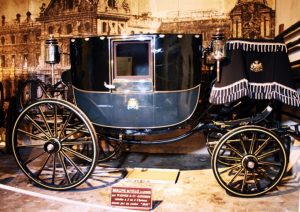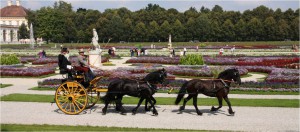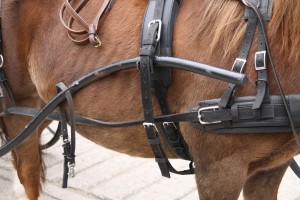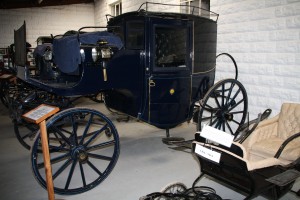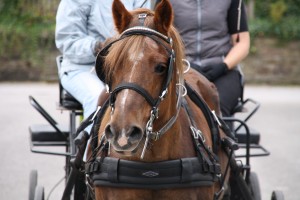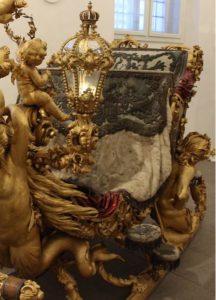 Hard winters were common in the 18th century, especially on the Continent. Snow and ice made roads impossible to pass by carriages. They were, however, still manageable by mule-drawn sleighs. Actually, in the Alps, frozen roads were easier to travel in the winter than in the summer, and bridges made of snow allowed people to cross many rivers otherwise impassable. Thus, the beginning of the winter did not mark the time to stay at home but to start traveling. Famous poet Goethe, e.g., crossed the St. Gotthard pass, enjoying the winter scenery.
Hard winters were common in the 18th century, especially on the Continent. Snow and ice made roads impossible to pass by carriages. They were, however, still manageable by mule-drawn sleighs. Actually, in the Alps, frozen roads were easier to travel in the winter than in the summer, and bridges made of snow allowed people to cross many rivers otherwise impassable. Thus, the beginning of the winter did not mark the time to stay at home but to start traveling. Famous poet Goethe, e.g., crossed the St. Gotthard pass, enjoying the winter scenery.
“A great train of mules brought the place to life with the sound of their bells. … The way led up over the rocks of the ever-cascading Reuss and the waterfalls here form the most beautiful shapes.”
Traveling in the winter
Many travelers from England discovered the delights of the picturesque winter scenery while on the Grand Tour. Continue reading →
